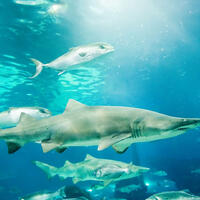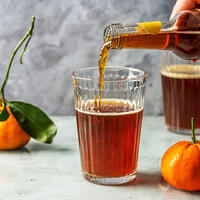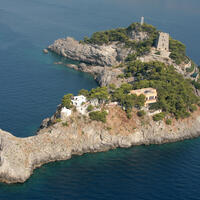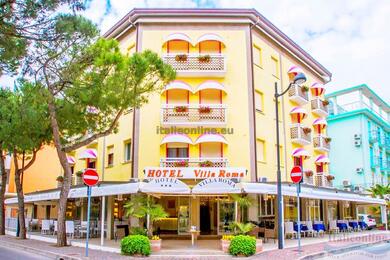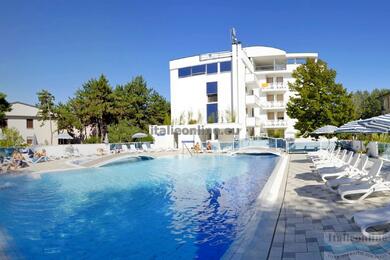But beware - unlike the Three Kings, it's not advisable to meet Befana. It is said that if someone sees Befana, they will be struck with her broomstick because they do not wish to be seen.whether this is true or made up by parents to keep their children in their beds at night when Befana flies is still unclear.
Who is Befana?
According to legend, Befana is an old woman with perpetually disheveled hair who flies on a broom and visits her children on the night of January 6. It is believed that Befana either brought or refused to help the Three Kings in their search for the baby Jesus. In return for her kindness, or as an act of penance, she decided to give gifts to the children on this day each year.
The children wait impatiently for her, and the evening before the feast they leave stockings by the fireplace or on the window, in which Befana puts sweets if the children have been good, or coal if they have been bad. The modern version of "coal" is usually black candy.
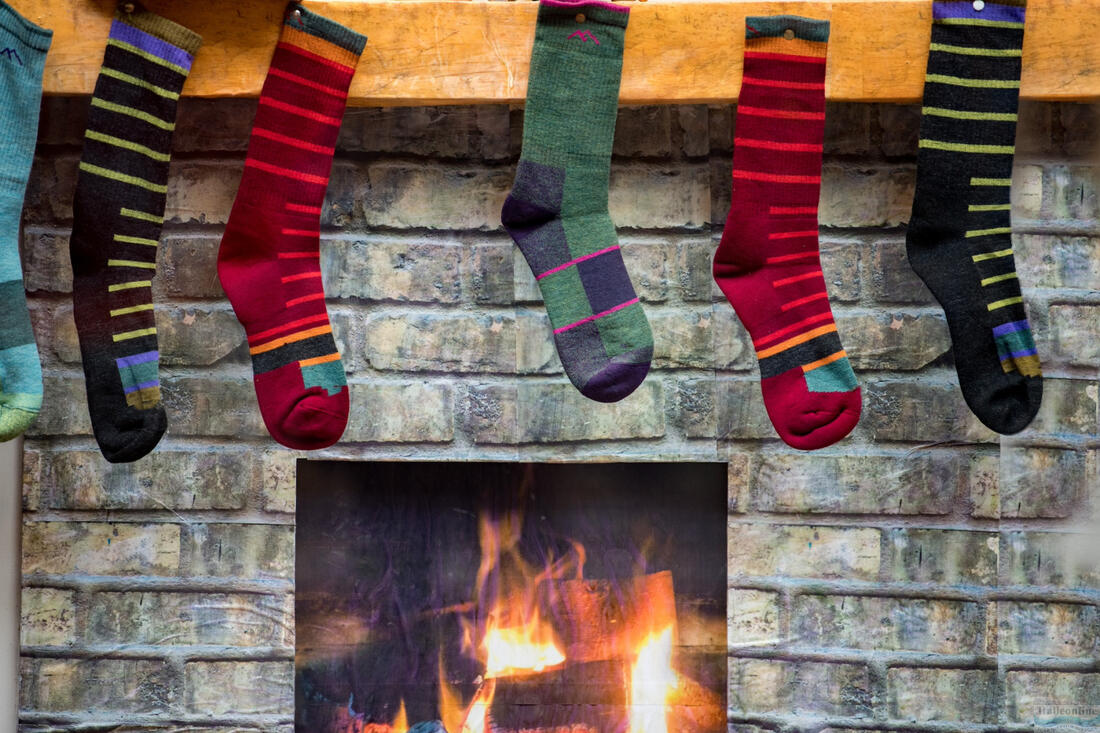
In families with children, a small snack is prepared for Befana, usually a glass of wine and local delicacies such as ham or sausages.
Traditional celebrations and dishes
The Feast of Befana is an occasion for many Italian families to come together and make merry. Parades and fireworks are held in town and village squares, often with the participation of a 'live Befana'. Especially in smaller towns, the celebrations are often accompanied by markets where you can buy not only souvenirs but also typical sweets such as torrone (nougat) or gingerbread in the shape of a stocking.
Traditional dishes such as panettone or pandoro are also served on this day and often adorn tables throughout the Christmas period.

Befana in modern times
The Feast of Befana is still firmly rooted in Italian culture today. Although some children may already gravitate more towards characters like Santa Claus, Befana remains a uniquely Italian icon that embodies not only tradition but also the joy of giving and belief in magic.
Every year, themed events are organised, such as the flights of 'live Befanas' on broomsticks, which are a great attraction, especially for tourists. The biggest celebrations take place in towns such as Urbania in the Marche region, where a whole series of events are dedicated to Befana, including parades, theatrical performances and games for children.the historic centre is decorated with hundreds of colourful stockings, including the world's longest. And, of course, there are hundreds of good witches in town. Some fly down from the historic tower, others dance and juggle, but all of them try to please and cheer up the children present.


